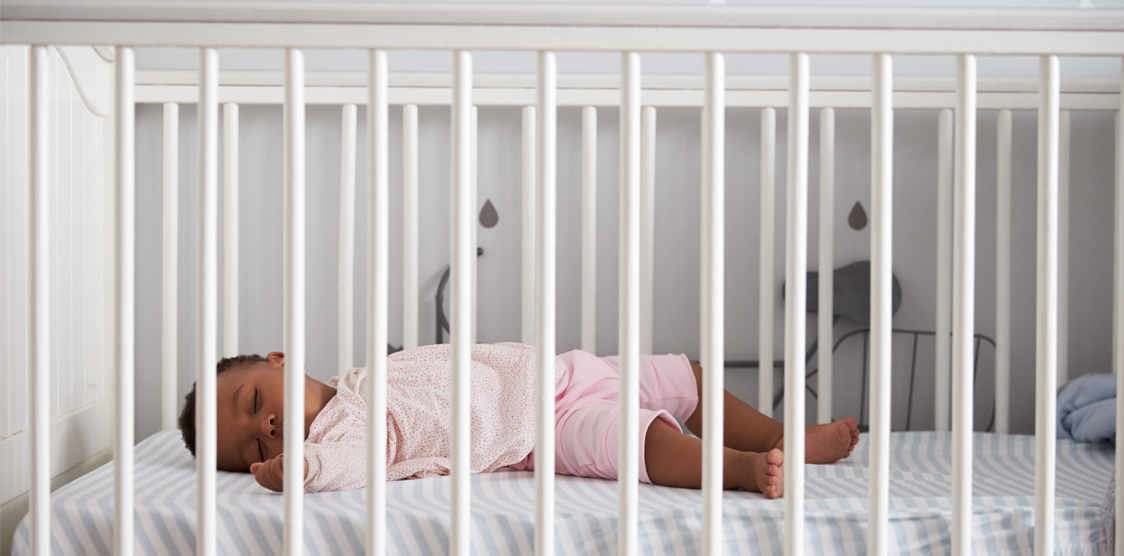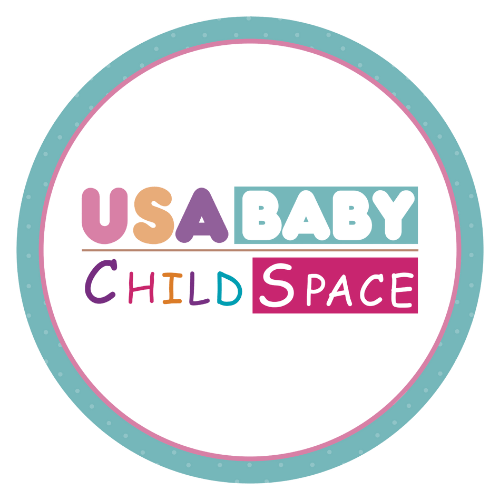
Crib safety tips
As you design your baby’s nursery, you’ll probably put a lot of thought into the crib that will be the centerpiece of the room. You might have your heart set on a vintage cradle that’s been in your family for generations. Perhaps you’ve fallen in love with a sleek modern model you found online. Or maybe a friend has offered you a high-quality hand-me-down that looks as good as new.
Before you make your decision, the most important question you should ask yourself is: does it meet the latest safety standards?
In June 2011, the U.S. Consumer Product Safety Commission (CPSC) rolled out five new federal safety requirements for all cribs manufactured and sold in the United States:
- Traditional drop-side cribs cannot be made or sold; immobilizers and repair kits are not allowed
- Wood slats must be made of stronger woods to prevent breakage
- Crib hardware must have anti-loosening devices to keep it from coming loose or falling off
- Mattress supports must be more durable
- Safety testing must be more rigorous
HOW TO CHECK IF YOUR CRIB IS SAFE
All cribs manufactured after 2011 should meet the CPSC’s latest standards, but you should still perform the safety checks below. If your crib was made before 2011, make sure it doesn’t have a drop side because they’ve been deemed unsafe.
No matter what the age of your crib, you should check it carefully to ensure it has the following features:
- The mattress should be firm and tight-fitting to prevent a baby’s arms, legs or body getting trapped. If you can insert more than two fingers between the mattress and the crib, the mattress isn’t a good fit.
- There should be no more than 2 3/8 inch between the crib slats to prevent a baby’s body from fitting through them and there shouldn’t be any missing or cracked slats.
- The corner posts should be no more than 1/16th of an inch high to prevent a baby’s clothes from getting caught on them.
- There shouldn’t be any missing, loose, broken or improperly installed screws, brackets or other hardware on the crib or mattress support.
- There shouldn’t be any decorative cutouts in the headboard or footboard because they could cause a baby’s head or limbs to get trapped.
- Follow the assembly instructions provided with the crib and make sure every part is correctly installed. Check the crib regularly for missing or broken parts, loose joints, sharp edges and cracked wood. Don’t use a crib if any parts are missing or broken.
MORE CRIB SAFETY TIPS
Now that you’ve made sure that your crib meets basic safety standards, follow these additional guidelines to ensure your baby sleeps safely:
- The finishes and paints on your crib should be non-toxic with low or no volatile organic compounds (VOCs). If you’re unsure about the quality of the paint or if it’s chipped, have the crib stripped and repainted with a high-quality paint. This is particularly important for older cribs that might be finished with lead paint, which can have serious effects on children’s mental and physical development.
- If you buy a new mattress, remove all the plastic from it to prevent suffocation.
- To prevent falls, make sure the mattress is always set at a safe height. Before your baby can sit, place the mattress at a level where they can’t fall out by leaning against the side or pulling themselves over it. Before your child learns to stand, place the mattress at the lowest level. Move your child to a bed when they’re 35 inches tall or the side rail is approximately at their nipple level.
- Always place your baby to sleep on their back.
- Consider using a swaddle or a sleep sack instead of a blanket. If you do use a blanket, tuck it firmly around the bottom and sides of the mattress and only cover your baby as high as their chest.
- Bare is best. Don’t place any pillows, thick blankets, quilts, comforters, sheepskins, stuffed animals or other soft toys in your baby’s crib because they could cause suffocation.
- Don’t use bumper pads. They may cause suffocation, strangulation or entrapment, and toddlers can climb up on them and fall out.
- Never place a crib near a window or near blind cords, curtain cords or baby monitor cords. They can cause serious falls or strangulation.
- If you hang a mobile over the crib, make sure it’s high enough that your baby can’t pull it down. Remove it when they can get up on their hands and knees or when they’re five months old, whichever comes first.

